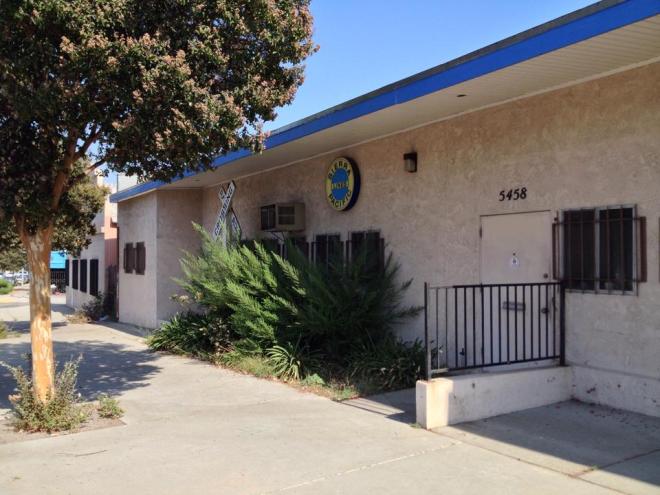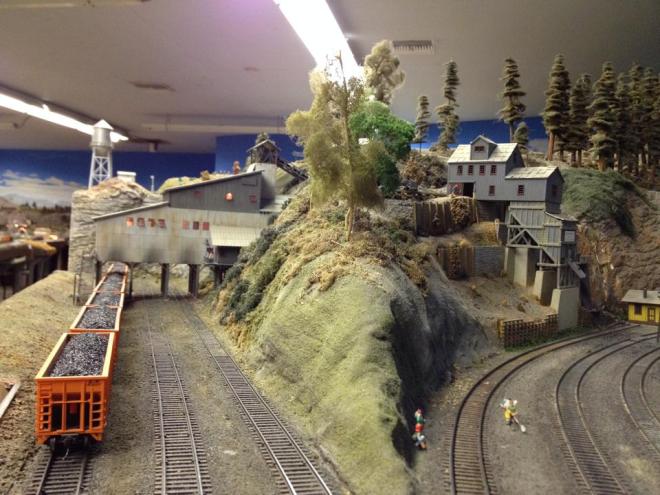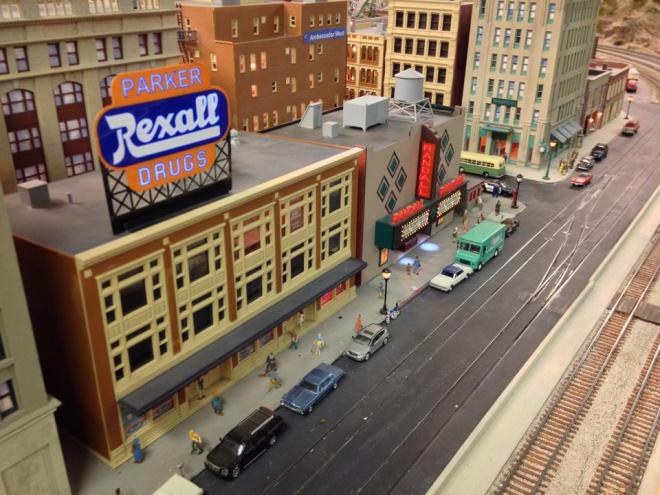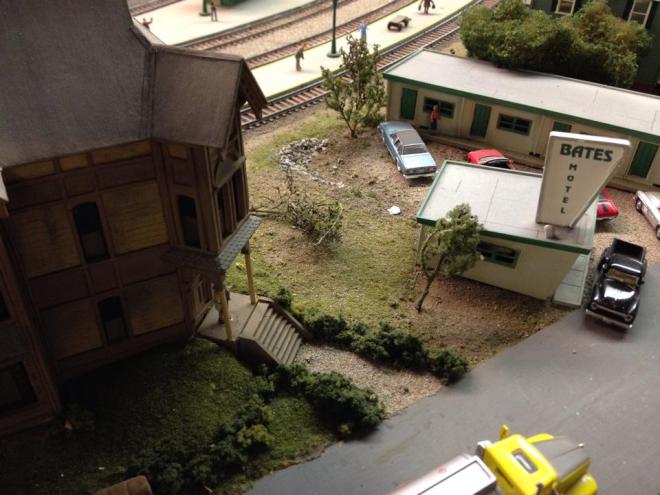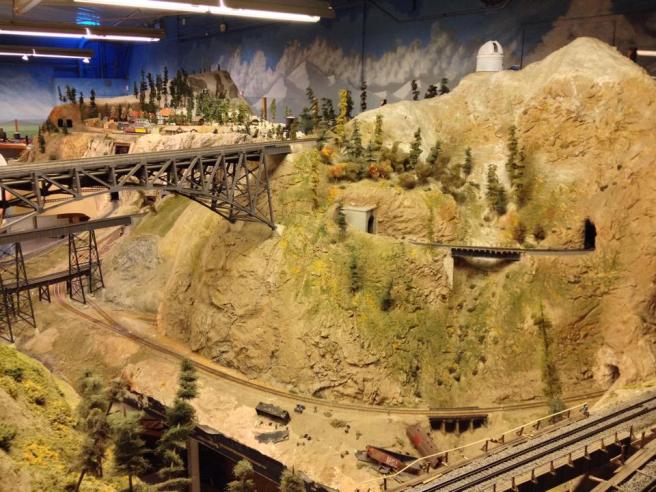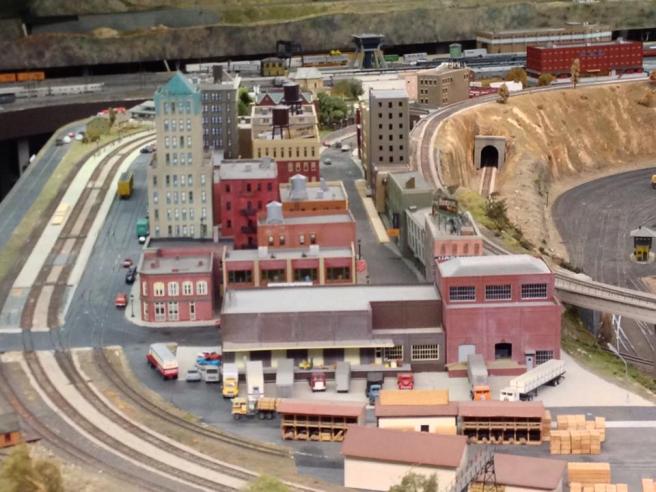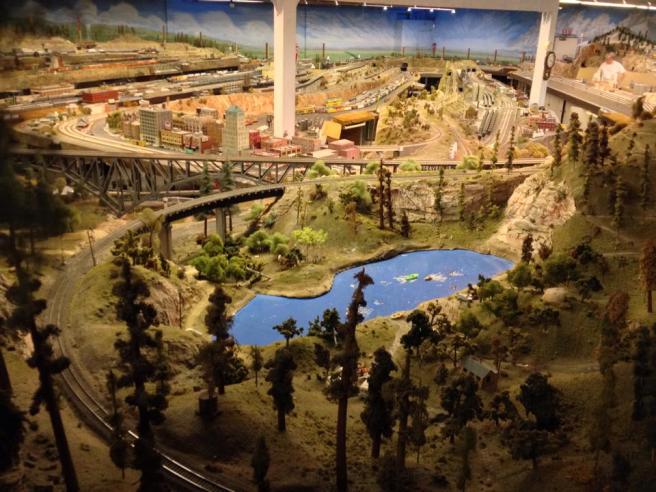In reality, all climates have their own sorts of seasons and the short days and long nights should be a dead giveaway that it's no longer summer, even if you don't have frostbite. Additionally, the heavy rain and blooming buckwheat, California pipelines, manzanitas, snowberries, and Toyon should clue in the reasonably sensitive (or those cursed with allergies) that both change and pollen are in the air. Unless you subsist on a diet of junk food you should also hopefully notice the proliferation of blood oranges, cardoons, kumquats, leeks, mushrooms, pomelos, radicchio, rutabaga, satsumas, and sweet potatoes, which are hopefully making their way from gardens, orchards, and markets to your dining room table. If you've looked up anytime in the past few weeks, you've surely noticed the millions of geese, mallards, pintails, teals, and wigeons flying overhead on their way to wintering grounds in the Central Valley. Out in the ocean, you might notice gray whales arriving off the coast.
Thin Ice (1937) movie poster
If none of that is enough to get you into the winter spirit perhaps some ice skating will help remind you of those winters from your youth in the Middle West or Northeast which you consider to be the only true form of winter. Since 1997, winter in Los Angeles has included outdoor pop-up ice skating rinks, both made with real ice and the ersatz kind. In recent years they've been the subject of many an interchangeable listicle but none seem to acknowledge our handful of indoor skating rinks, which have been around at least since 1939.
Here's my list to all ice skating opportunities in Los Angeles County, so go get your skate on now and throughout the year!
*****
CHILL - The Queen Mary
(Queensway Bay, Long Beach)
From 9 December until 4 January (and again from 8-11 January) Long Beach's RMS Queen Mary, a retired ocean liner (now a glamorous nautical hotel) hosts CHILL (all caps... although apparently not an acronym of anything), an annual event featuring ice sculptures, ice slides, ice tubing, and other ice-centric amusement including a 600 square meter skating rink.
CHILL - The Queen Mary is served by Long Beach Transit's free Passport line.
Holiday Ice Rink -- Pershing Square
(Bunker Hill, Los Angeles)
When it began operation in 1997, the 400 square meter pop-up ice rink in Pershing Square was known as Downtown on Ice. Now that the City Department of Recreation and Parks and has handed over operations to a private operator, Willy Bietak, it's been renamed Holiday Ice Rink -- Pershing Square: A Willy Bietak Production (which I guess is slightly better than "The Ice at DTLA" or something like that). The rink, located in front of Schultze and Weaver's beautiful Beaux Art Biltmore Hotel, is in operation from 13 November - 19 January and there are special events including DJ Spotlight Nights, Wicked Wednesdays, and Polar Bear Skate, in which skaters are asked to don their gay apparel (i.e. swimsuits).
Holiday Ice Rink - Pershing Square: A Willy Bietak Production is served by LADOT's DASH Downtown B and Commuter Express lines; Metro's 2, 4, 10/48, 14/37, 16/316, 18, 28, 53, 55/202/355, 62, 70, 71, 76, 78/79/378, 81, 83, 90/91, 94, 96, 442, 460, 487/489, 707, Rapid 728, Rapid 794, Purple, Red, and Silver lines; Foothill Transit's 770 line; OCTA's 701 and 721 lines; and Torrance Transit's 4 line.
ICE at Santa Monica
(Downtown, Santa Monica)
The 750 square meter ICE at Santa Monica rink first opened in 2006. It operates from 1 November until 19 January. There's a concession stand on site and an enclosed rink for the under six set called "Tot Spot."
ICE at Santa Monica is served by Big Blue Bus's 2, 3, 3M, R3, and 4 lines.
Iceland Ice Skating Center
(Van Nuys, Los Angeles)
Iceland Ice Skating Center operates year round but shortly before Christmas they do present an Iceland Holiday Show. I'm not sure what year it entered operations as a skating rink but the building was constructed in 1950 and from the sound of the reviews, it looks it.
Iceland Ice Skating Center is served by LADOT's DASH Van Nuys/Studio City line, and Metro's 154, 156/656, 233, 236/237, Rapid 740, Orange, and Valley-Westside Express lines.
LA Kings Holiday Ice at Nokia Plaza LA Live
(New South Park, Los Angeles)
LA Kings Holiday Ice at Nokia Plaza LA Live (can't they stick one more "LA" in the name?) operates in an outdoor mall dubiously promoted as "the most entertaining place on the planet." Having been there two or three times and having never seen more than remotely entertaining (including first part of Peter Jackson's Hobbit fan fiction trilogy) I can imagine that the dull assortment of standard mall shops are LA enlivened by the addition of a skating rink. The 500 square meter LA Kings Holiday Ice at Nokia Plaza LA Live rink is open from 29 November until 31 December.
LA Kings Holiday Ice at Nokia Plaza LA Live is served by LA DOT's Commuter Express and DASH Downtown F lines; Metro's 81, 442, 460, and Blue, Expo, and Silver lines; OCTA's 701 and 721 lines; and Torrance Transit's 4 line.
LA Kings Valley Ice Center
(Panorama City, Los Angeles)
The Los Angeles Kings Valley Ice Center makes the more modest claim of being "a place for friends and family." Not only are its two rinks places for ice skating but (as is the case with most rinks) hockey, and more unexpectedly, curling.
LA Kings Valley Ice Center is served by LADOT's DASH Panorama City/Van Nuys line and Metro's 156/656 and 233 lines.
Paramount Iceland
(Downtown, Paramount)
Frank, Lawrence, and Pete Zamboni opened Iceland all the way back in 1939, right next door to their Zamboni Bros ice plant. In 1949, the Frank J. Zamboni & Company introduced their now-famous ice resurfacing machine, just one year after the communities of Hynes and Clearwater were joined together as Paramount. Paramount Iceland also boasts the presence of a mighty Wurlitzer organ, installed in 1941.
Paramount Iceland is served by Metro's 258 line.
Pasadena Ice Skating Center
(Civic Center, Pasadena)
The Pasadena Ice Skating Center is located in the Pasadena Convention Center, where it opened in 2010 after having operated nearby in a former ballroom since the 1970s. In addition to public skating the center also hosts the annual Pasadena Open Figure Skating Competition.
Pasadena Ice Skating Center is served by Foothill Transit's 187 line; LADOT's Commuter Express 549 line; Metro's 177, 180/181, 256, 267/264, 687/686, and Gold lines; and Pasadena ARTS's 10, 20cc, 20cw, 40, 51, and 52 lines.
Pickwick Ice
(Rancho Equestrian District, Burbank)
Pickwick Ice is the skating rink at Burbank's Pickwick Gardens, which also includes a banquet hall, a bowling alley, and gardens.
Pickwick Ice is served by the Los Angeles River Bike Path and Burbank Bus's Metrolink to Media District line.
The Rink in Downtown Burbank
(Downtown, Burbank)
Burbank's seasonal outdoor skating rink (stylized as "THE RINK IN DTN BUR") is located in front of Burbank's city hall from 28 November until 19 January. The rink's events lean heavily on irony and include special nights like Ugly Sweater Mondays, '80s Night Wednesdays, and Thursday Night Fever.
The Rink in Downtown Burbank is served by Burbank Bus's Empire to Downtown line, Metro's 92, 94, 96, 155, 183, 292, and Rapid 794 lines; and Metrolink's Antelope Valley and Ventura lines.
The Rinks - Lakewood ICE
(Lakewood Mutuals, Lakewood)
Image credit: The Lakewood Scoop
Founded in 1996 as Glacial Gardens Skating Arena, the venue was renamed THE RINKS - Lakewood ICE in 2013 after it was added to The Anaheim Ducks' The Rinks Presented By Honda network of skating venues which also includes THE RINKS - Westminster ICE, THE RINKS - Yorba Linda ICE, THE RINKS - Huntington Beach Inline, THE RINKS - Irvine Inline, and THE RINKS - Corona Inline -- all in Orange County.
The Rinks - Lakewood ICE is served by Long Beach Transit's 21, 22, 101, and 103 lines.
The Skating Edge Ice Arena
(Harbor City, Los Angeles)
The Skating Edge Ice Arena opened as Olympic Ice Arena in 1962 and operates year round. The facilities include a rink, a concession stand, and Vic's Pro Shop. Even if you're unwilling or unable to travel to the Harbor District, the arena's dazzlingly Angelfire/Geocities website is worth a visit.
The Skating Edge Ice Arena is served by Torrance Transit's 7 and 9 lines.
Woodland Hills Ice
(Warner Center, Los Angeles)
Woodland Hills Ice first launched its pop-up 650 square meter rink in 2008 at the Westfield Topanga, an otherwise unmemorable mall which is not located in the community of Topanga but in Warner Center -- a '70s futurist, walkable, mass-transit oriented planned community developed with sleek Late Modern office towers and a bit like the Valley's miniature version of Century City. Woodland Hills Ice operates from 14 November until 19 January.
Woodland Hills Ice is served by Metro's 150/240, 161, 164, 165, 169, 245/244, Rapid 750, and Orange lines.
Wintertime (1943)
*****
Eric Brightwell is a writer, rambler, explorer, cartographer, and guerrilla gardener who is always seeking writing, speaking, traveling, and art opportunities; however, job offers must pay more than slave wages as he would rather write for pleasure than for peanuts. Brightwell’s written work has appeared in Amoeblog, diaCRITICS, and KCET Departures. His art has been featured by the American Institute of Architects, the Architecture & Design Museum, the Craft & Folk Art Museum, and 1650 Gallery. Art prints of his maps are available from 1650 Gallery and on other products from Cal31. Brightwell has been featured in the Los Angeles Times, Huffington Post,Los Angeles Magazine, and on Notebook on Cities and Culture. He has been a guest speaker on KCRW‘s Which Way, LA? and at Emerson College. He is currently writing a book about Los Angeles and you can follow him on Facebook, Instagram, and Twitter.
